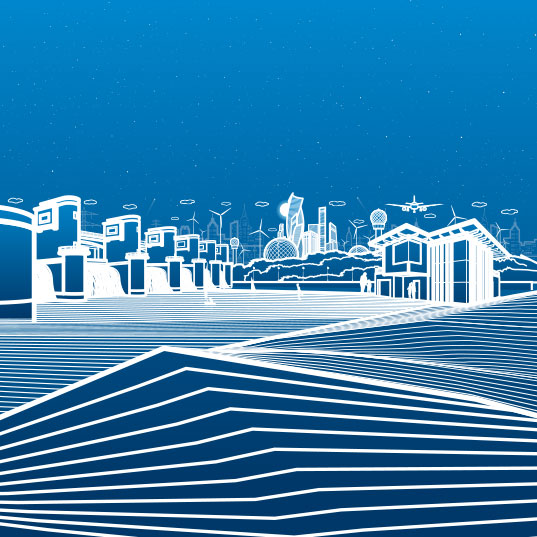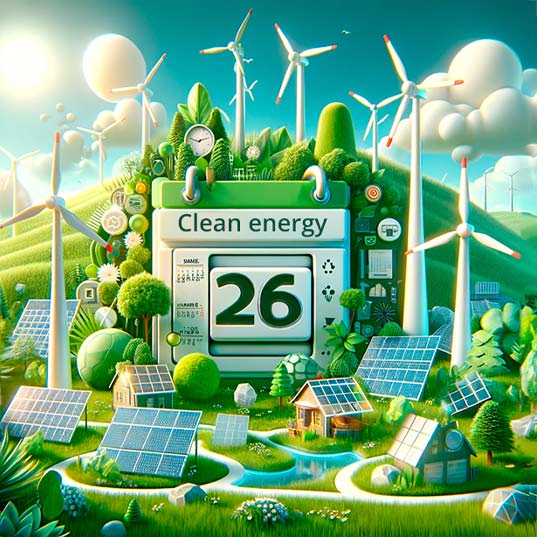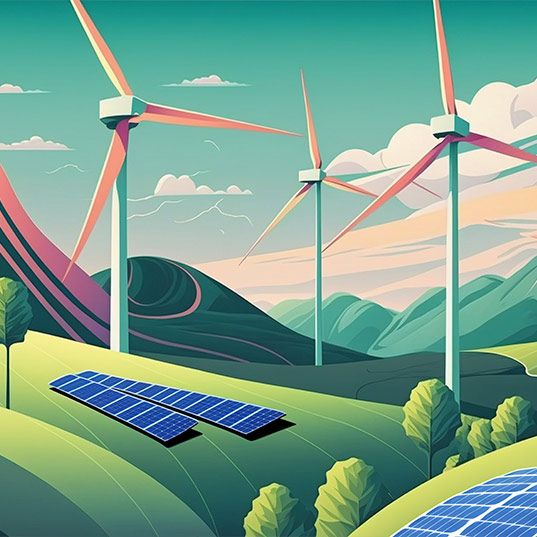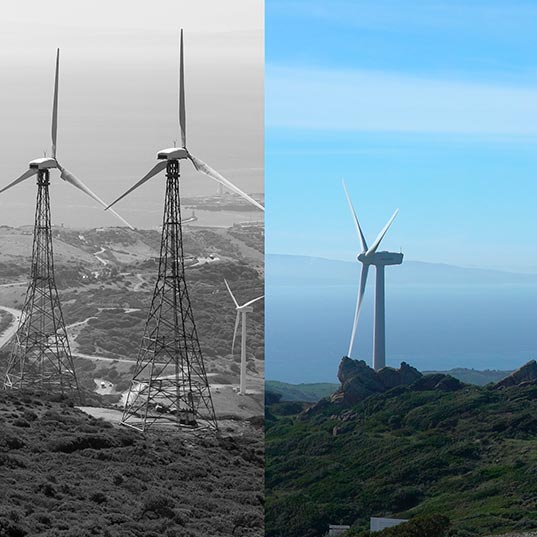What are PPAs? Clean energy from one company to another
PPAs are an evolutionary leap towards a sustainable global economy, a clean energy transition from one company to another.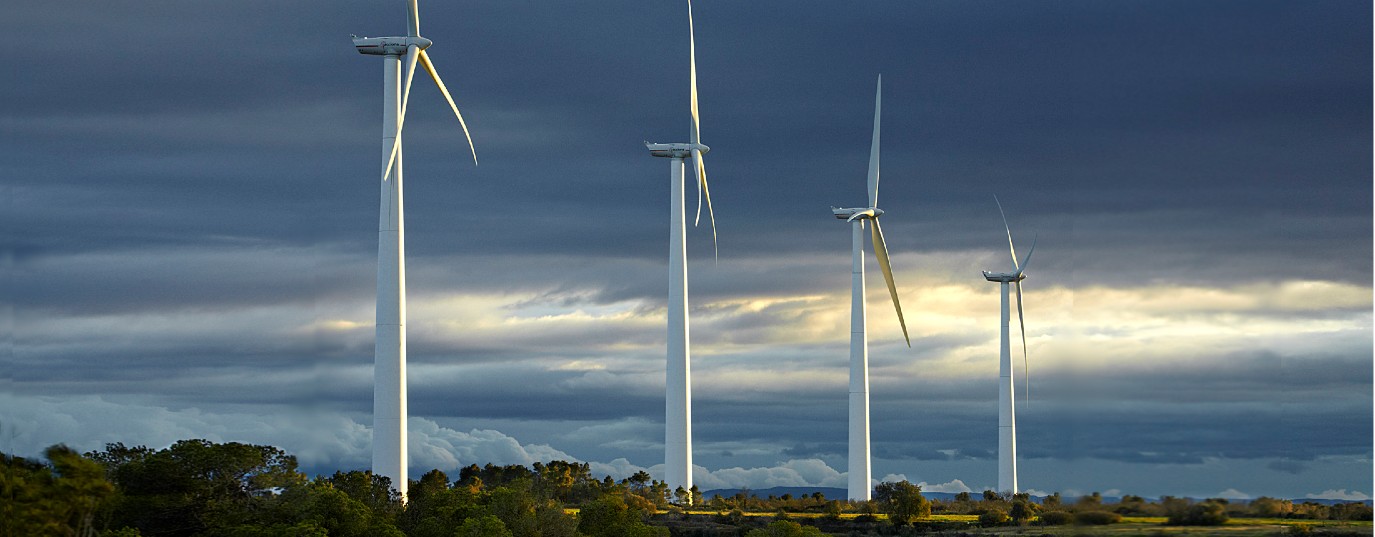
Sustainability and environmental commitment are, fortunately, starting to become one of the pillars of business activity. The responsibility assumed by organisations includes initiatives to reduce water consumption and their carbon footprint, boosting the circular economy, or the disinvestment in fossil fuels.
In fact, the group of companies committed to achieving a 100% renewable supply, grouped together in the RE100 initiative, already has more than 200 global sector leaders and has not finished growing.
In this context, long-term energy purchase contracts, known as PPAs (Power Purchase Agreements), are becoming increasingly attractive to companies. In this article, and with the help of the video below, we will explain to you, what PPAs are and what advantages they offer to both the companies that enter into them and the planet.
What are long-term energy purchase contracts, PPAs?
PPAs are contracts for the purchase of renewable energy between a producer and a corporate consumer, i.e., companies and other organisations, at a price fixed in advance and for a long period of time, usually between 5 and 20 years. Thanks to PPAs and the use of renewable energies on their sites, consumer companies are reducing the ecological footprint of their buildings. The energy comes from a renewable energy facility (wind or photovoltaic in general) or from a group of such facilities.
Up until ten years ago, this type of contract was still relatively marginal. But a decade later, the corporate purchasing of renewable energy is becoming one of the main drivers behind the global development of clean technologies. In 2019 alone, PPAs worth 19.5 GW were signed, compared to 0.1 GW in 2010.
The US remains the main market for long-term power purchase agreements, although PPAs are spreading in Latin America, and are starting to take off in Asia, Africa, and Europe. However, despite growth, many countrie s in Europe, for example, still face numerous administrative obstacles, and if these clean energy agreements are to become a far more widespread energy model, then reducing these barriers is vital.
Types of PPA
There are two main types of PPA depending on location:
- On-site PPAs: The renewable energy project is built on the client's property and connected to their internal network.
- Off-site PPAs: The client receives electricity from a project connected to the network, although not necessarily close.
- There are also virtual PPAs, based on a price agreement between the generator and the client, but without any physical delivery of power from one to the other.
Benefits of PPAs
The corporate interest to guarantee an energy supply at a stable price over time and corporate policies to tackle climate change are the drivers behind the corporate purchase of green energy and represent a powerful lever in the transition to a decarbonised economy.
But what are the advantages of PPAs for the companies that enter into them?
- PPAs ensure a long-term fixed price for energy, which is a major benefit vis-à-vis market volatility.
- It also allows them to secure a very competitive energy price.
- It enables them to plan their long-term cost structure.
- Clean energy PPAs help companies to meet their sustainability objectives.
- In addition, companies save on investments and maintenance costs.
- With PPAs, reliable power is guaranteed.
The PPA model is an evolutionary leap towards a sustainable global economy, a clean energy transition, from one company to another.



